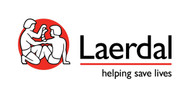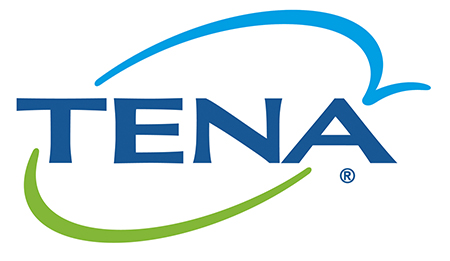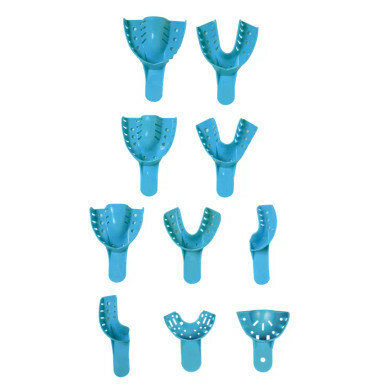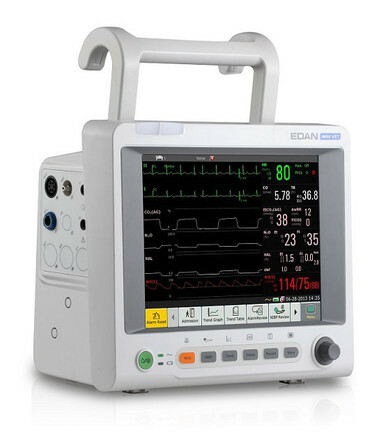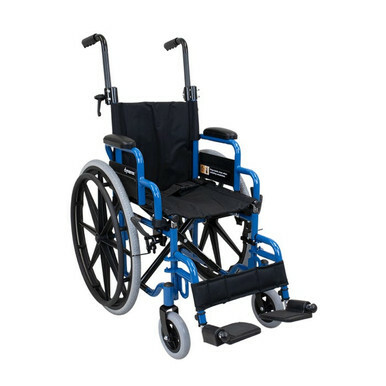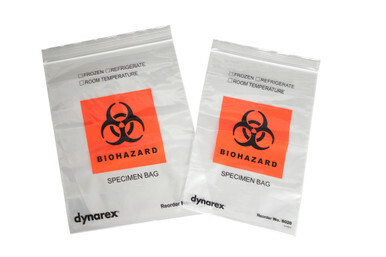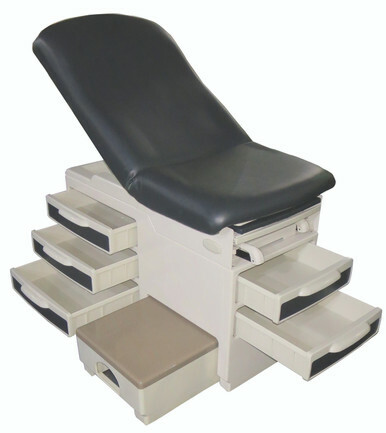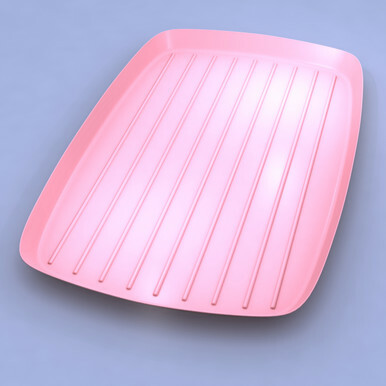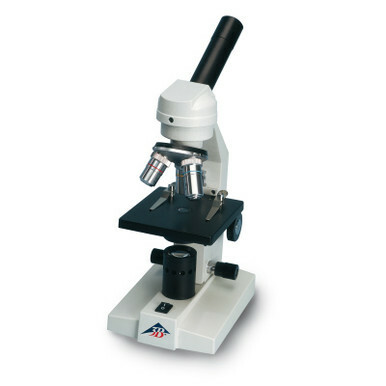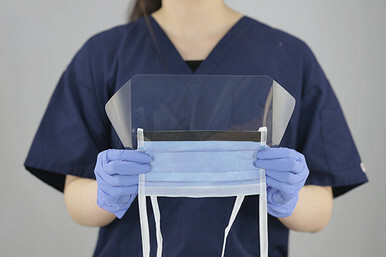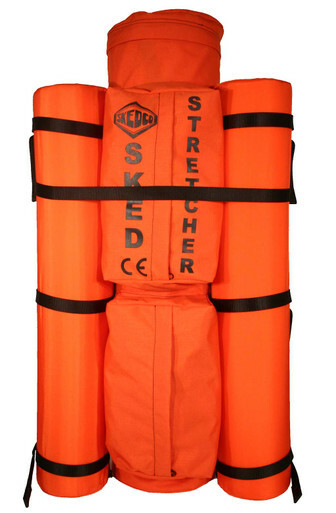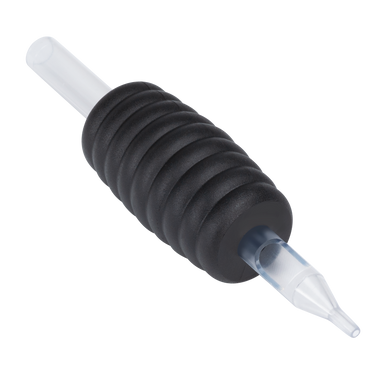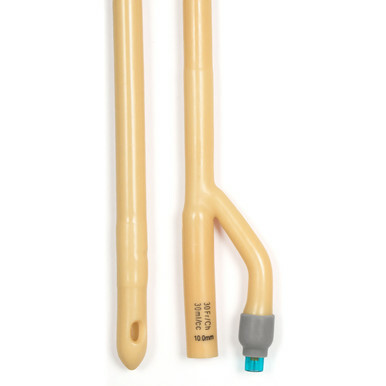Navigating Catheters: A Comprehensive Guide to Understanding and Caring
Posted by EMRN on 30th Nov 2023
Catheters, though often discussed in hushed tones, play a vital role in healthcare, assisting individuals with various medical conditions in maintaining their health and quality of life. In this comprehensive blog post, we aim to shed light on catheters, exploring their types, applications, and the crucial role they play in providing comfort and independence for those who require them.
Understanding Catheters
- What is a Catheter? A catheter is a thin, flexible tube designed for medical purposes. It is inserted into the body to facilitate the drainage of fluids, administer medications, or monitor various physiological functions.
- Types of Catheters:
- Foley Catheters: These are commonly used for urinary retention and are equipped with a balloon that is inflated inside the bladder to keep the catheter securely in place.
- Intermittent Catheters: Used periodically, these catheters are inserted to empty the bladder and are then removed, promoting a more natural urinary pattern.
- Central Venous Catheters: These are placed in large veins near the heart and are used for administering medications, intravenous fluids, or for drawing blood.
- Condom Catheters: Designed for males, these external catheters provide an alternative to internal catheterization, offering a more comfortable and discreet option.
Applications of Catheters
- Urinary Catheters:
- Indwelling Catheters: These are often used for individuals with conditions affecting bladder function, such as spinal cord injuries or certain medical procedures.
- Intermittent Catheterization: This method is employed for those who can perform self-catheterization, promoting independence and reducing the risk of infections.
- Vascular Catheters:
- Central Venous Catheters (CVC): Commonly used in hospital settings, CVCs are vital for administering medications, parenteral nutrition, and monitoring various physiological parameters.
- Gastrointestinal Catheters:
- Nasogastric Tubes: While not traditional catheters, these tubes are inserted through the nose into the stomach and are used for feeding, medication administration, or gastric decompression.
Caring for Catheters
- Hygiene and Infection Control:
- Following proper hygiene practices when handling catheters is crucial to prevent infections. This includes thorough handwashing and cleaning the catheter insertion site as recommended.
- Regular Maintenance:
- Regularly inspect and clean catheters as per healthcare provider instructions to ensure proper functionality and reduce the risk of complications.
- Consultation with Healthcare Professionals:
- It is essential to consult with healthcare professionals for proper catheter insertion, maintenance, and to address any concerns or complications.
Conclusion
Catheters, though often a topic discussed with discretion, play a vital role in enhancing the quality of life for individuals with various medical conditions. Understanding the types, applications, and proper care for catheters is crucial for those who rely on them and their caregivers. By fostering awareness and open discussions, we can contribute to a more informed and supportive healthcare environment for all.



